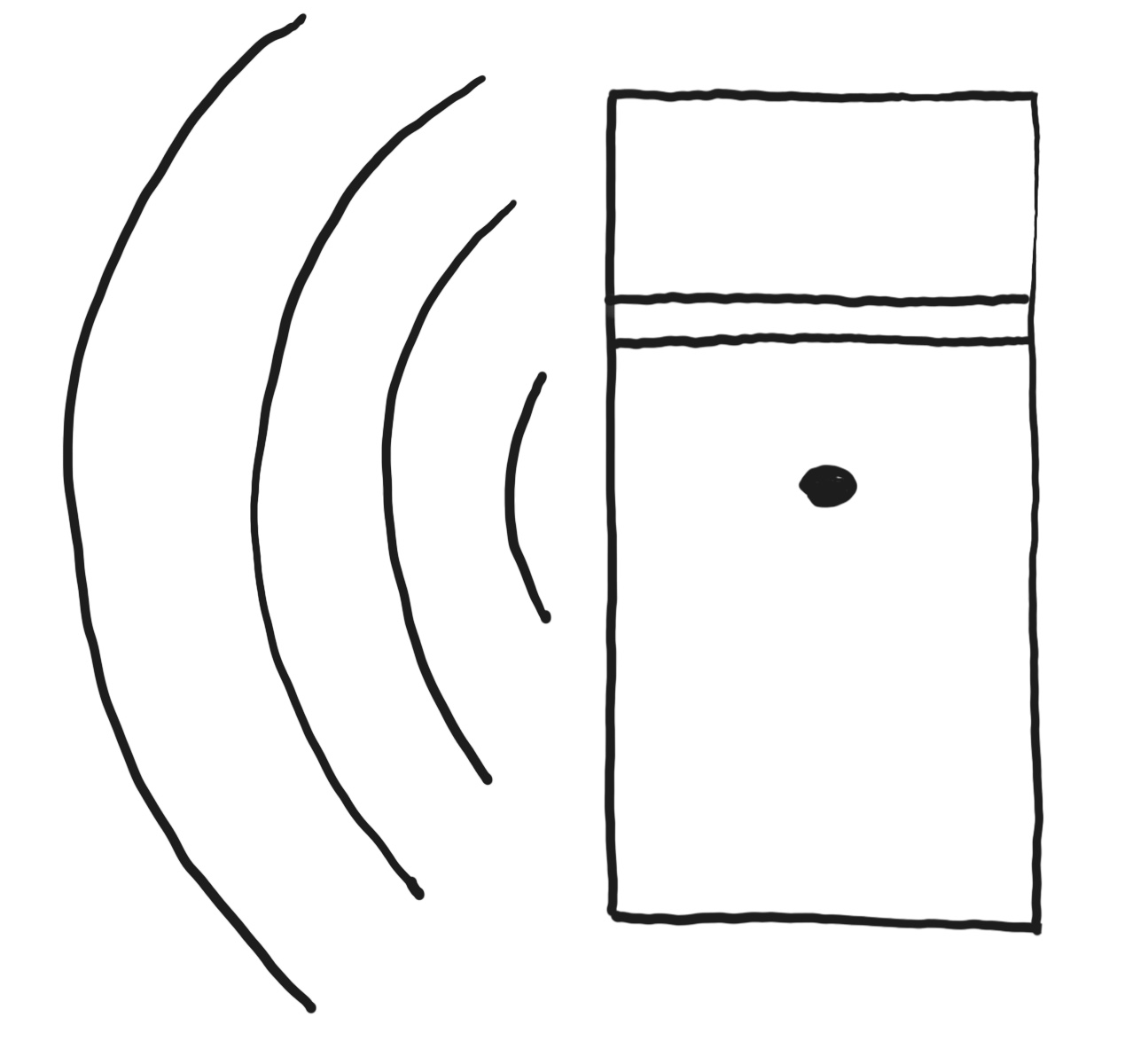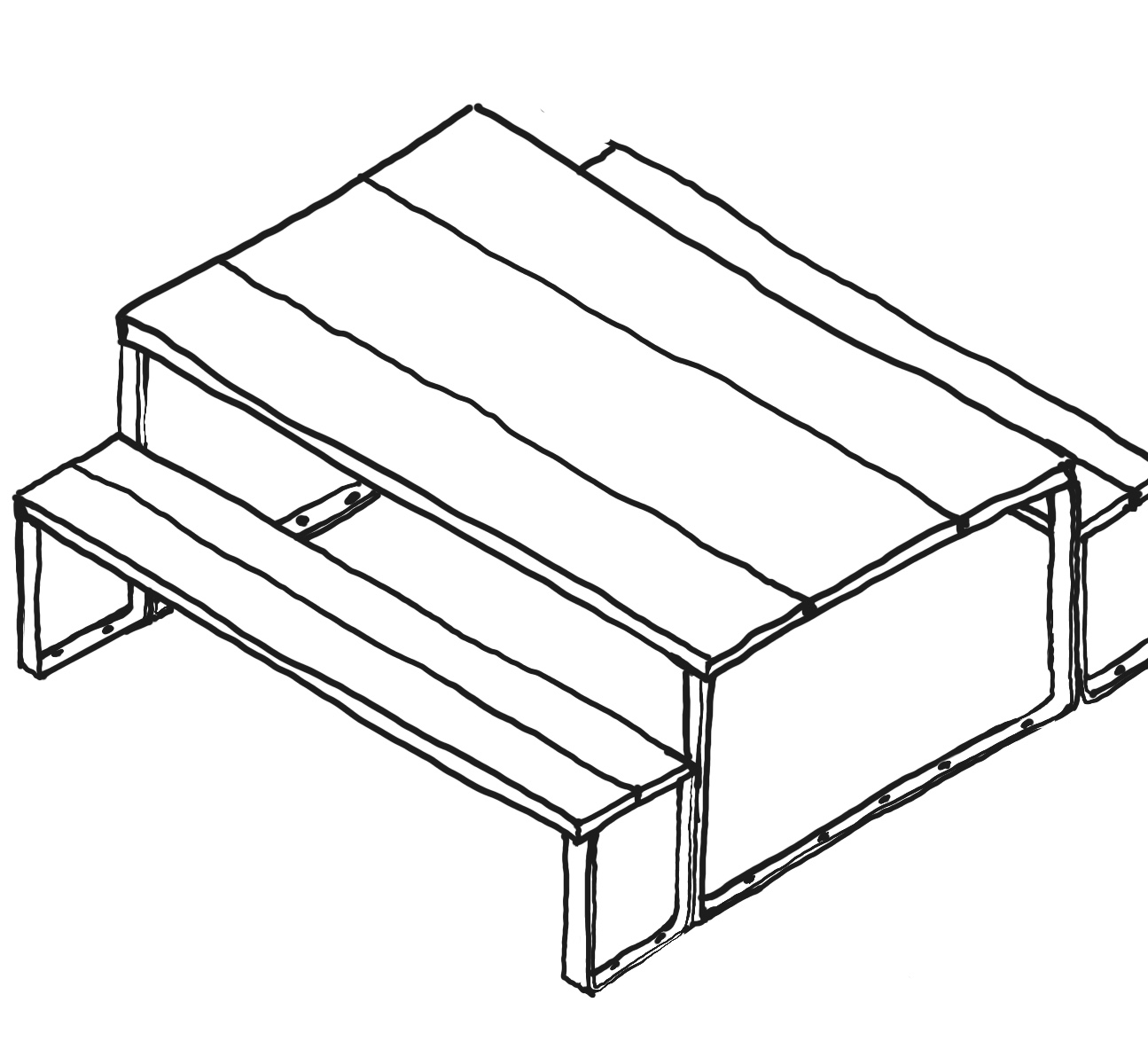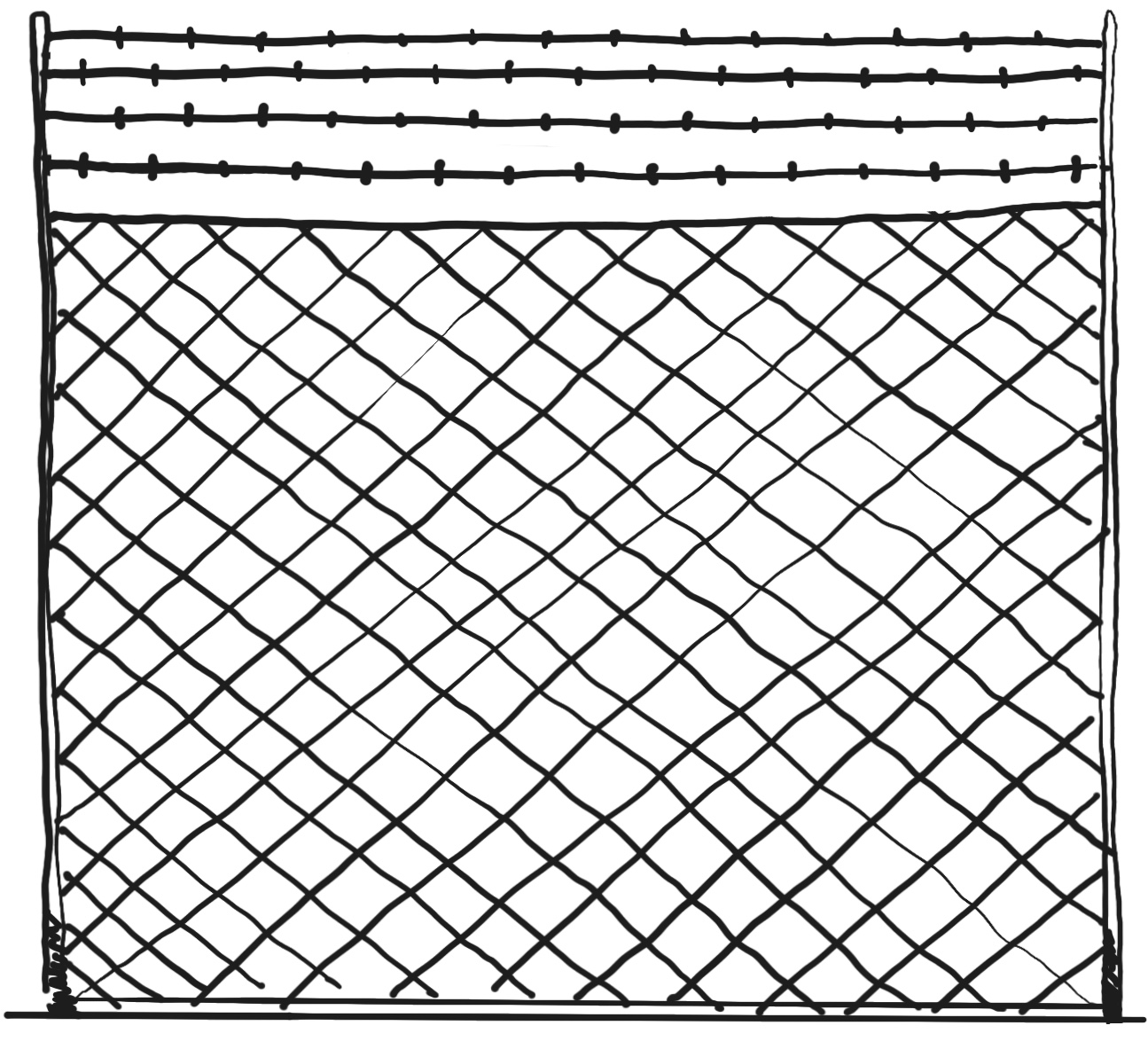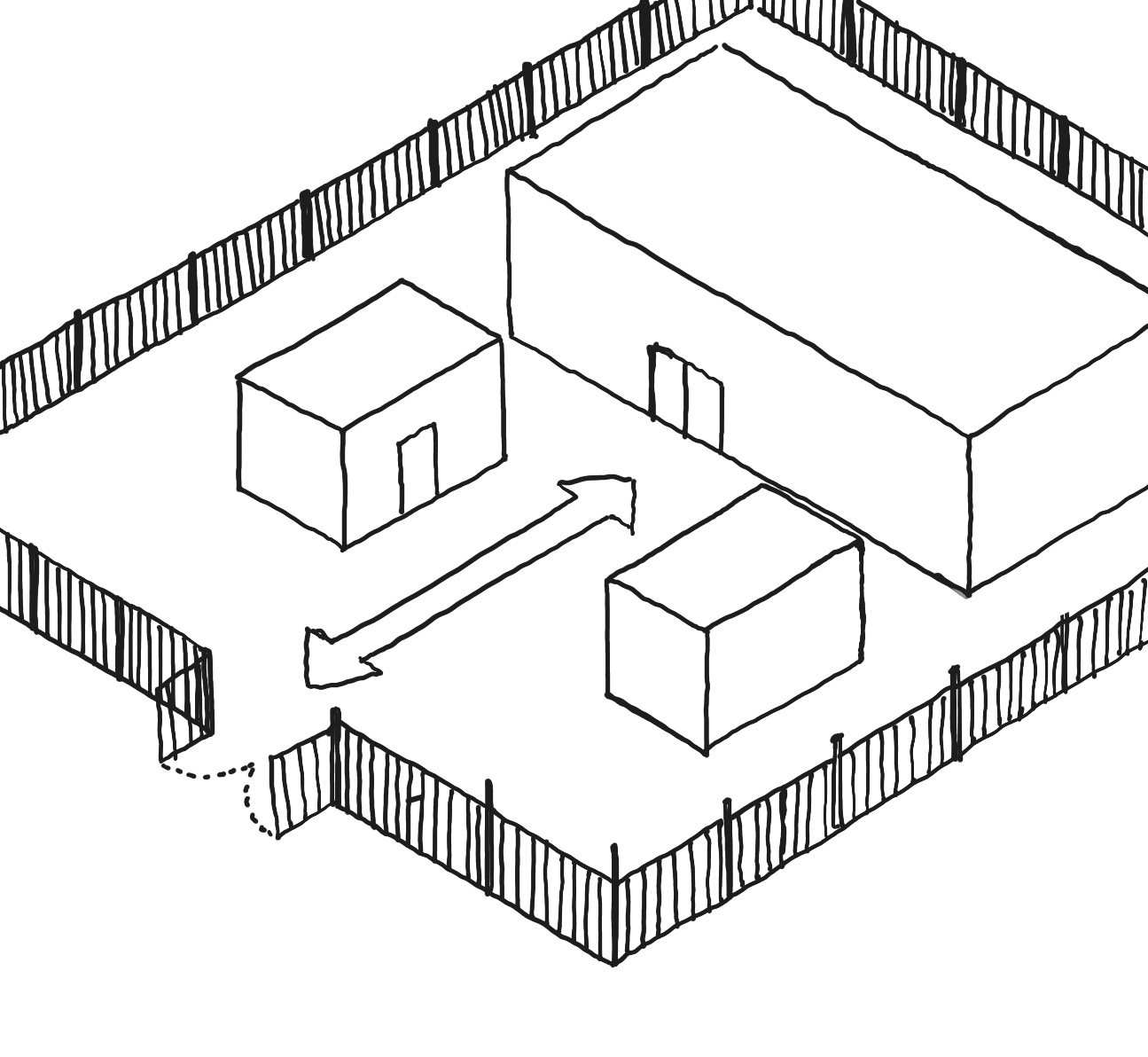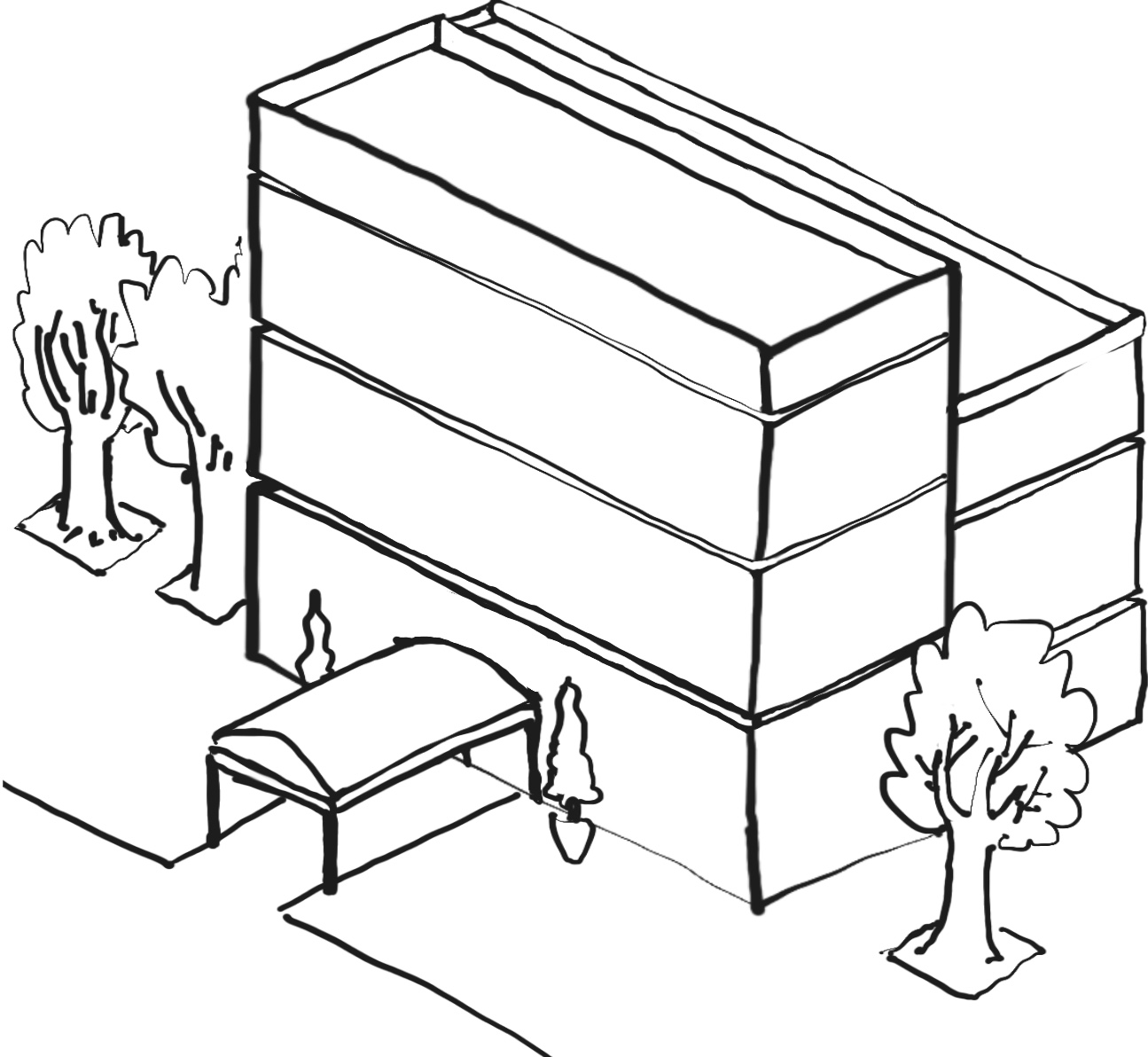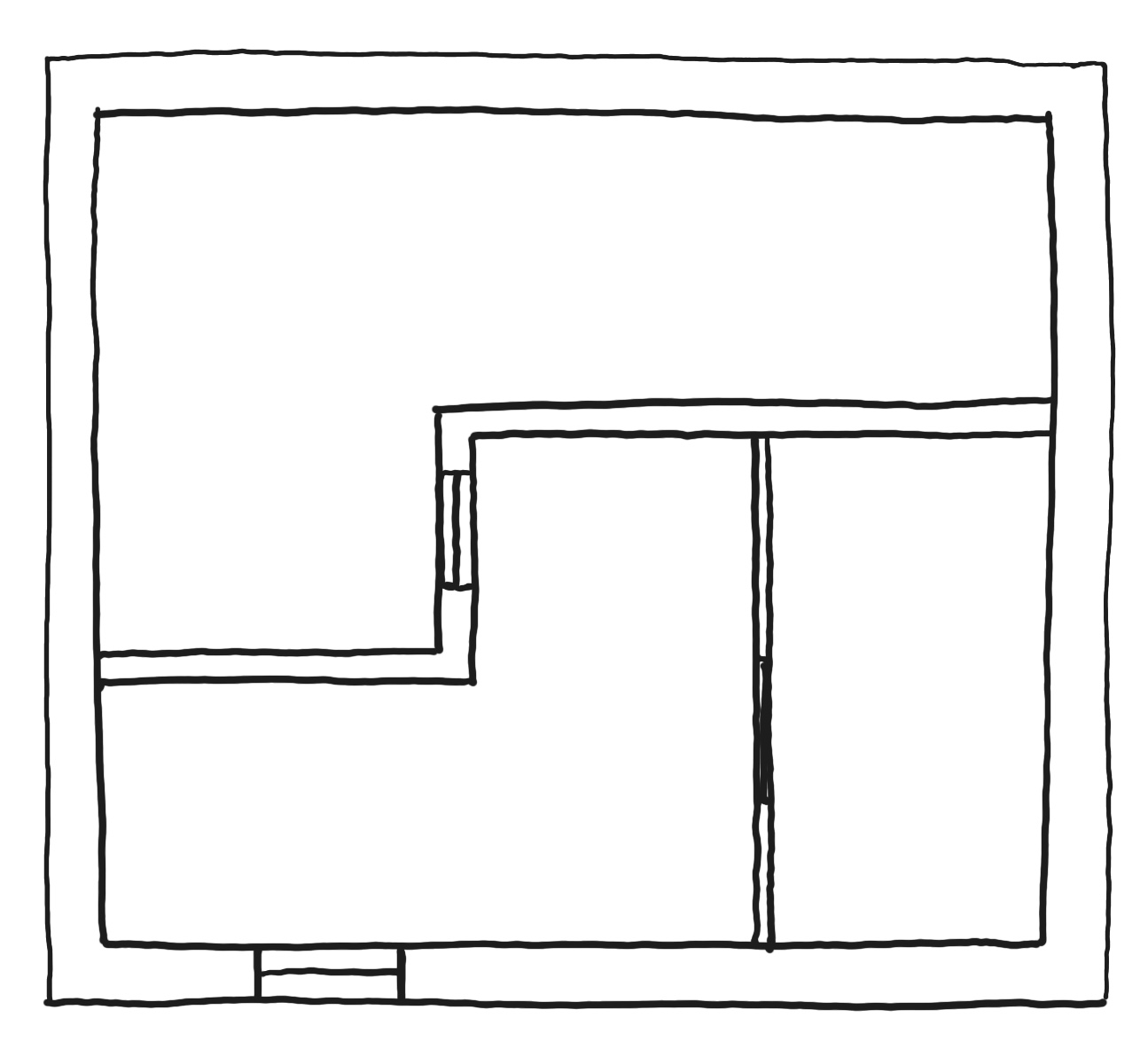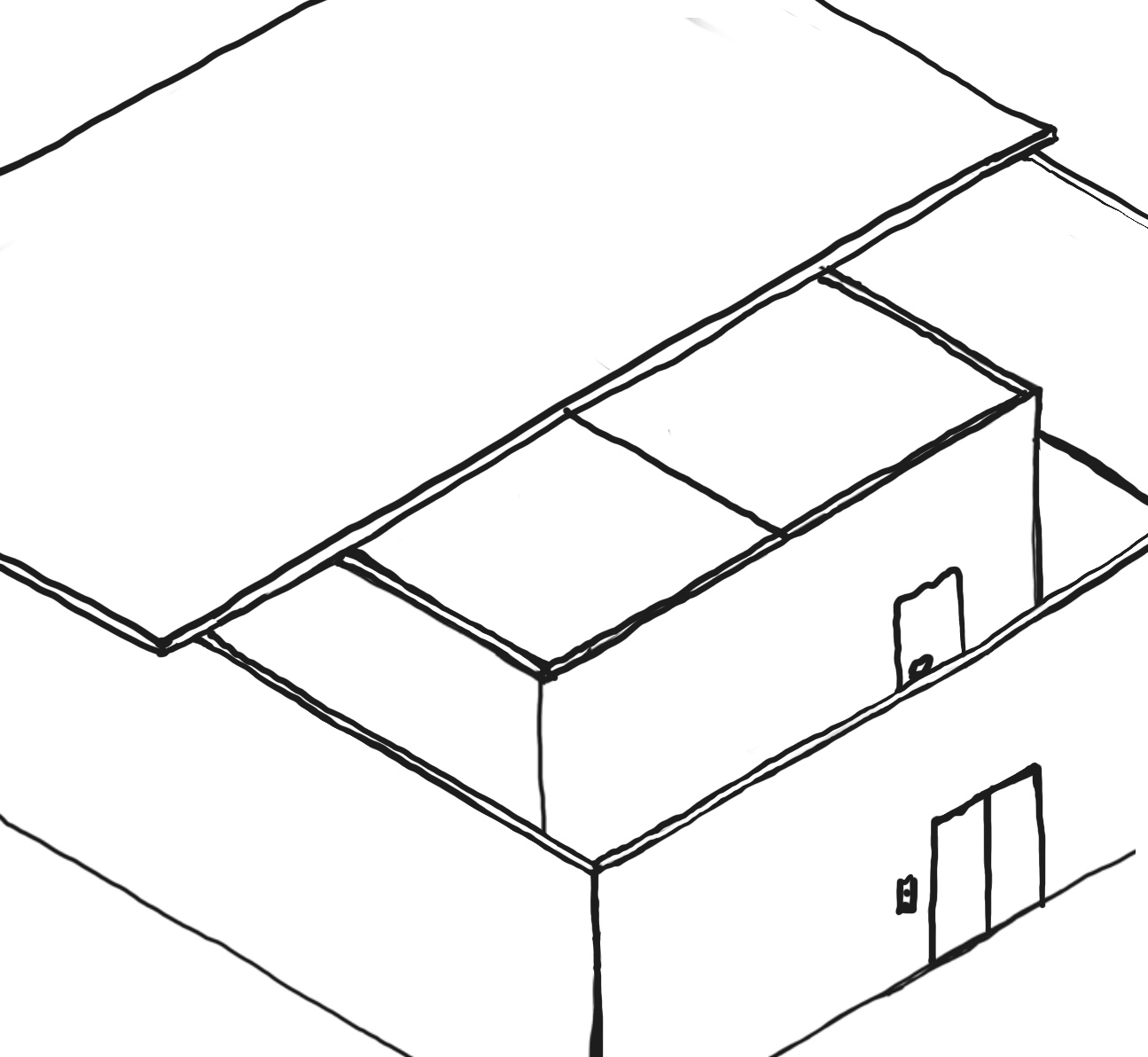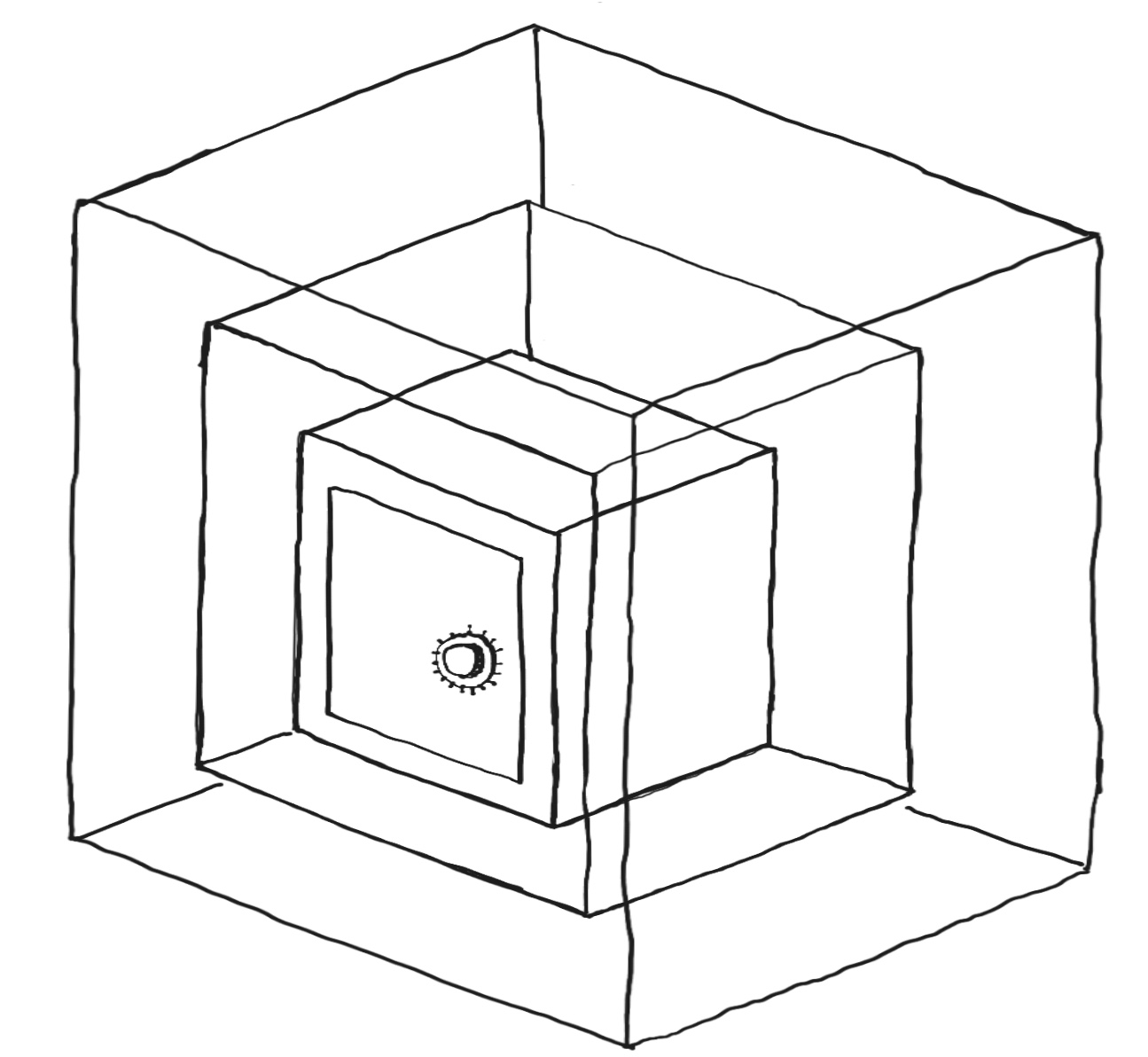Security principles
Holistic security
In the holistic approach, we perceive security in relation to the organisation as a whole. This means that, in the effort to secure buildings and sites against terrorism and violent extremism, users must also think in terms of, e.g. security culture and emergency management planning.
When working with physical security, a holistic approach means looking at how different measures together produce the desired security effect. Security measures can deter, detect, delay or reduce damage in the event of an attack. The combination of different measures can, therefore, significantly influence the consequences of an incident and its scale, both for people and material assets. Here, scalability can also be considered, and one should also be aware of the difference between certified and non-certified measures.
It is essential to identify and map the needs of your organisation in order to design an appropriate security solution. This is achieved through a risk assessment and seeking advice from a subject matter expert.

Security effects
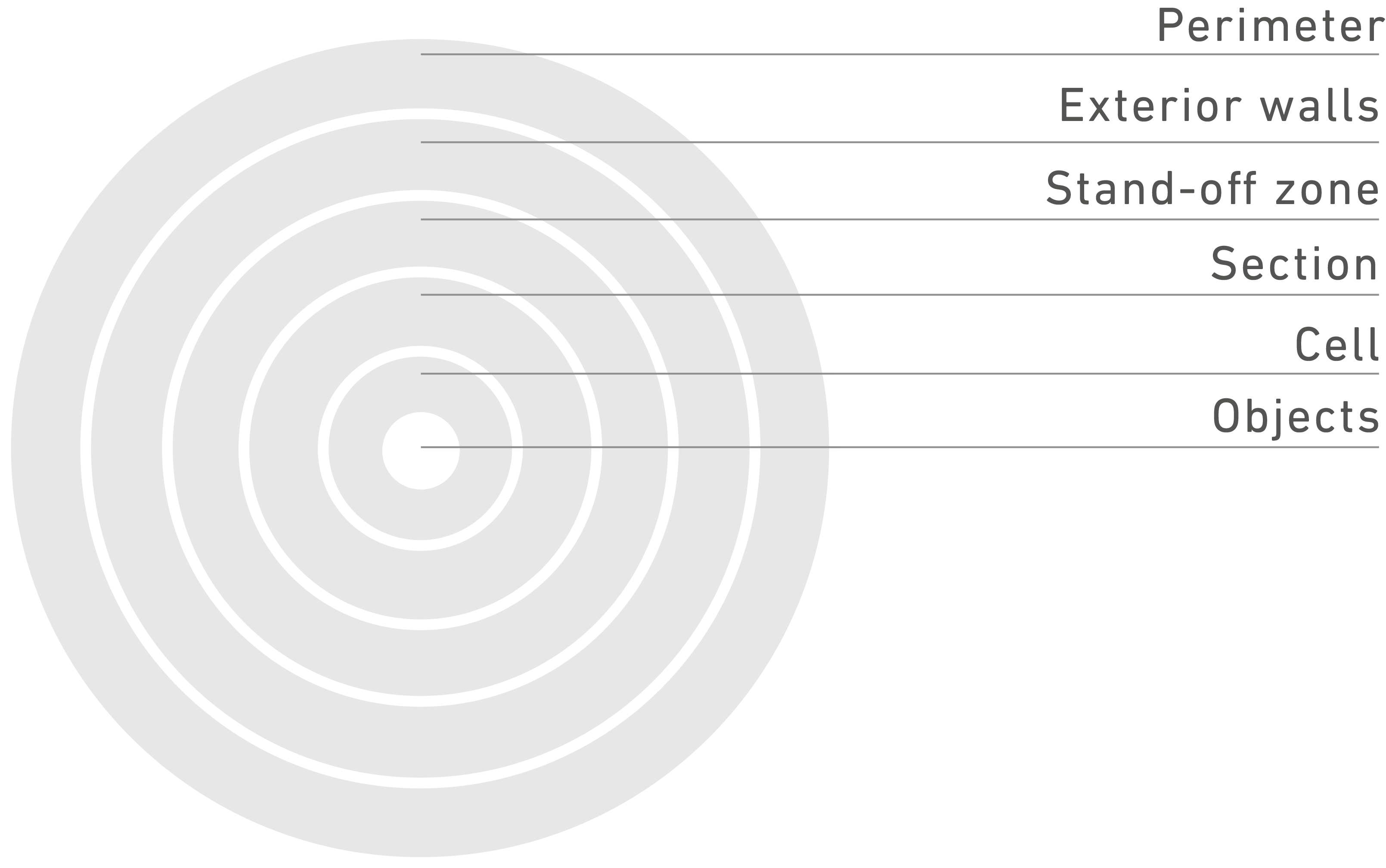
Security layers
Historically, security was incorporated into a building in several layers. In the past, the first layer of security was the moat that was built to make it difficult to reach the circular defensive wall. This wall was the second layer of the fortification that had to be passed before the enemy could reach the castle itself. Soldiers were stationed on the fortification wall, keeping watch, fighting the attackers and alerting the residents. After this, it was also possible to retreat to the reinforced main building, which served as another security layer.
The PACT online guide uses the same basic principles of layered security, also sometimes called ‘security-in-depth’. The purpose is to prevent an attacker from reaching the target and to detect the attack; among other things, to increase the reaction time the emergency services have, to respond in the event of an attack.
Different security measures can often be combined in the security layers. When working with security layers, it is important to consider evacuation possibilities and other emergency conditions, such as access conditions for fire-fighting services.



